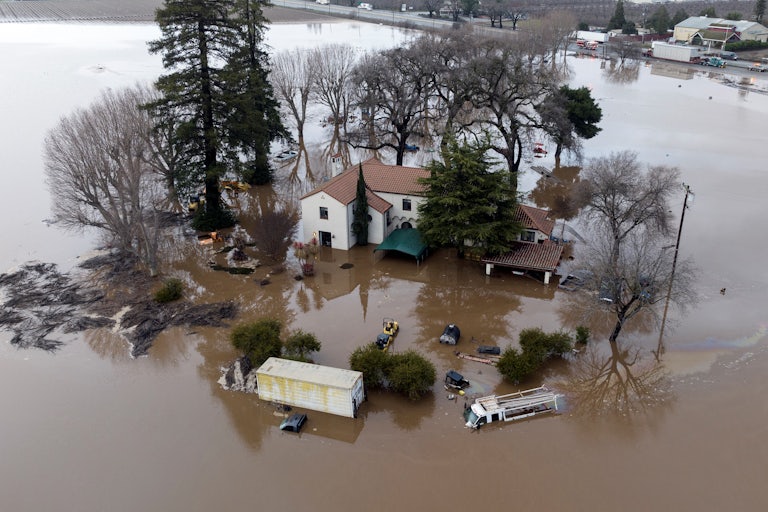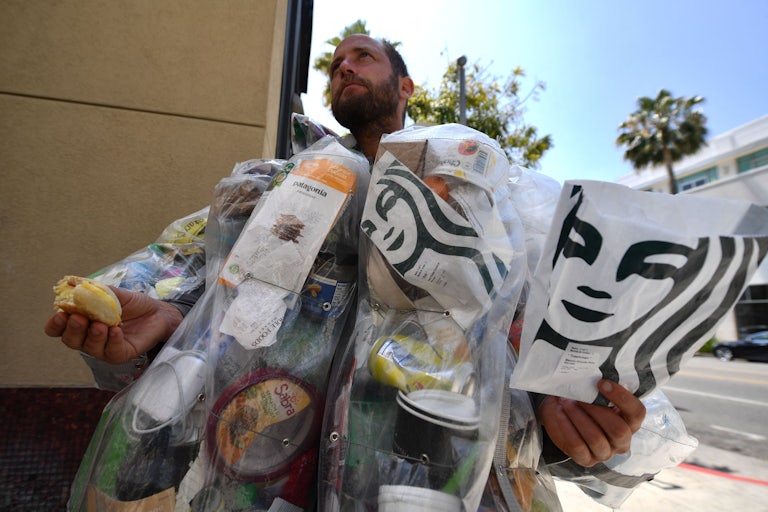How to Stay Sane in a World of Crazy Climate Politics
An increasing number of voices are urging people to refocus on the hyperlocal when national events feel too overwhelming.
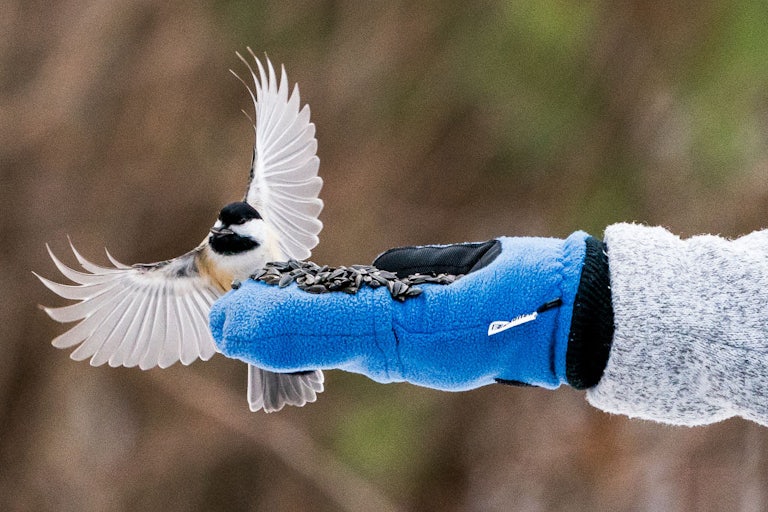
It’s a tough week to be an environmentalist, or really any person concerned about the future.
The Biden administration’s announcement Monday that it will approve the Willow oil project on Alaska’s North Slope represents more than just another retreat from the president’s campaign promise to end drilling on federal lands. It represents more than just the potential degradation of vulnerable Arctic ecosystems. And it’s not just that Willow is projected to add emissions equivalent to 64 coal-fired power plants, at a time when even the International Energy Agency has concluded that new oil and gas development needs to stop immediately to prevent catastrophic levels of global warming.
In addition to all of these things, the Willow approval underlines that the climate phase of the Biden administration is over. The Inflation Reduction Act, a bittersweet compromise, is behind us, and there’s not much hope of passing more ambitious emissions reductions anytime soon. Biden’s once-ambitious biodiversity agenda is languishing in the congressional discard pile. The tack to the center, ahead of 2024, has begun. And what Democrats managed to shove through the last Congress, good though it was, wasn’t enough—not to prevent catastrophic warming, not to prevent ecosystem collapse, not to shore up and reform the country’s vulnerable and unsustainable food system.
So if you’re worried about this, what should you do now?
In the past decade, much of the most effective environmental and climate advocacy has come from rejecting the 1990s and early-aughts emphasis on personal lifestyle change and instead encouraging people to pour their anxieties into collective action. If the prototypical twentieth-century environmentalist was a bird-watcher, the prototypical twenty-first-century environmentalist would be an organizer. Showcasing these principles, the Sunrise Movement in two short years went from being airily dismissed by Nancy Pelosi as “the green dream or whatever” to being widely credited, among other leftist and youth-focused groups, with changing the Democratic Party’s approach to climate change, pulling Joe Biden left, and influencing the early architecture of the Inflation Reduction Act.
But at a moment when this kind of political action seems pretty comprehensively stymied, how do you do what you can without feeling futile? One answer, which has been floated by a number of different environmental thinkers, is to focus on hyperlocal instead of national issues. It’s the approach many urged as a political strategy back when the legislation that eventually became the IRA looked like it wouldn’t pass at all. And in a slight twist from the organizing push of the last few years, nourishing your local sensibilities as an individual is now the approach a growing number of voices seem to be suggesting for spiritual refreshment, as a personal way of dealing with a political reality that feels overwhelming.
This was one of the themes of Jenny Odell’s surprise bestseller in 2019, How to Do Nothing: Resisting the Attention Economy—that shutting down Twitter, closing the news websites, and reconnecting to the natural world around you is itself a radical act and could furnish the emotional reserves for better political action: “sustenance for those feeling too disassembled to act meaningfully” at present. Odell’s second book, Saving Time, was published last week, and it similarly rejects strict productivity culture in favor of a more organic way of life intimately connected to place (Odell is big on bird-watching and bioregionalism).
Odell’s not alone in pointing to the power of reengaging with what’s directly in front of you, nor the need for an almost spiritual antidote to activist burnout. That’s also one of the themes of British author and former religious sister Karen Armstrong’s Sacred Nature, which came out last fall and argued that contemplating nature in “silence and a degree of solitude” might be necessary, as part of a broader “spiritual revolution,” to fuel policy change. “If we want to halt the environmental crisis, we need first, like Coleridge, to seek a silent receptiveness to the natural world, bringing it into our lives little by little every day.”
Mainstream outlets seem to be catching the vibe. The Atlantic’s climate newsletter recently touted the benefits of creating a frog pond in your backyard, noting that “saving species in the 21st century isn’t just about protecting big, undeveloped parks,” adding that “it can be dizzying to think about all the species that need help right now, but engaging in everyday conservation can also just be fun.” This came barely a week after The New York Times’ climate newsletter linked the obsessive tracking of New York City’s escaped Eurasian eagle-owl to compassion and “radical care” in the Anthropocene, and closed by asking readers, “Tell us: what’s wild around you?”
I’ll admit to a tiny bit of skepticism about this “bird-watching, but make it socialist” approach. While it suits my own proclivities just fine, this kind of solitary engagement with nature is easier recommended by people who already find it compelling than carried out by people with little background in, or space for, avian observation and garden projects. Many people may not know how to start engaging with nature, find it time-consuming, or may not feel inclined to persist in it as a solitary pursuit. And while reconnecting with nature may lead to collective action, there’s no built-in mechanism for it if we’re all walking the urban forests alone.
This is where citizen science comes in. You can focus on the nature around you—even get guidance on doing so—and then submit it to a collective project. Contemplate a nearby stream, then contribute data to a group tracking salt runoff from winter roads. If you do like bird-watching, your time reconnecting with feathery neighbors could feed into a broader effort to figure out the impact of climate change on avian communities. For those who find birds too high-energy for their particular breed of burnout, bivalves are always an option: Volunteer oyster gardening is a thing these days. Where I live in D.C., some of the best information on community water quality gets collected by community members. And these networks are still a way of meeting others—so while they’re a break from politics, they can also furnish not just the data but the connections for subsequent reengagement.
TNR’s climate desk has more to come on the topic of recharging—the emotional sustainability of the climate fight, if you will, in addition to ecological sustainability. But in the meantime, give one of the options here a try. If bad news is getting you down, focus on your immediate surroundings for a while. There isn’t a wrong answer here. Just don’t let despair swallow you whole and spit you out as someone who has given up caring about our fate.
![]()
Good News
The distance the average electric vehicle sold in the U.S. can go between charges is now quickly approaching 300 miles, Bloomberg reports. That’s four times the average range in 2011—one of many changes, along with increasing charging station availability, subsidies, and more, that are making E.V.s practical for a wider range of consumers. (Caveat: As TNR’s Kate Aronoff has pointed out, there are problems with “simply recreating current American car culture with electric batteries,” though. Shifting to more of a public transit–oriented system might be more sustainable.)
![]()
Bad News
There are possibly PFAS (a.k.a “forever chemicals”) in your toilet paper, and also coffee is going to get more scarce and expensive due to climate change. The Biden administration announced its intent to start restricting PFAS on Tuesday by requiring utility companies to remove them from drinking water.
Stat of the Week
That’s the amount by which a Washington Post investigation found insurance companies were “adjusting” (i.e., reducing) claims from Hurricane Ian survivors, rewriting and even deleting elements of licensed insurance adjusters’ reports to result in lower payouts.
Elsewhere in the Ecosystem
Landowners Fear Injection of Fracking Waste Threatens Aquifers in West Texas
Fracking sites in West Texas, Dylan Baddour reports, “can produce five times as much wastewater as oil.” And the wastewater is typically reinjected into the ground. While researchers know injection wells can cause earthquakes, they don’t have definitive proof yet that they are contaminating groundwater (although there’s plenty of reason to suspect it’s possible, especially given the earthquakes). The practice is starting to unnerve even reliably conservative farmers in the area:
Shifflett, 74, has nothing against oil. He votes Republican, hangs a cross above his door and leans an old rifle on his living room wall. Oil companies are doing their jobs, he said. For this situation, he blames the government—specifically, Texas’ oil field regulator, the Railroad Commission, which issues permits for fracking wastewater injection wells.
“If they ruin the water out here, there won’t be anyone left. This will be a desert with no inhabitants,” he said from his dining room table. “It’s only a matter of time.”
Read Dylan Baddour’s story at Inside Climate News.
This article first appeared in Apocalypse Soon, a weekly TNR newsletter authored by deputy editor Heather Souvaine Horn. Sign up here.

.png)
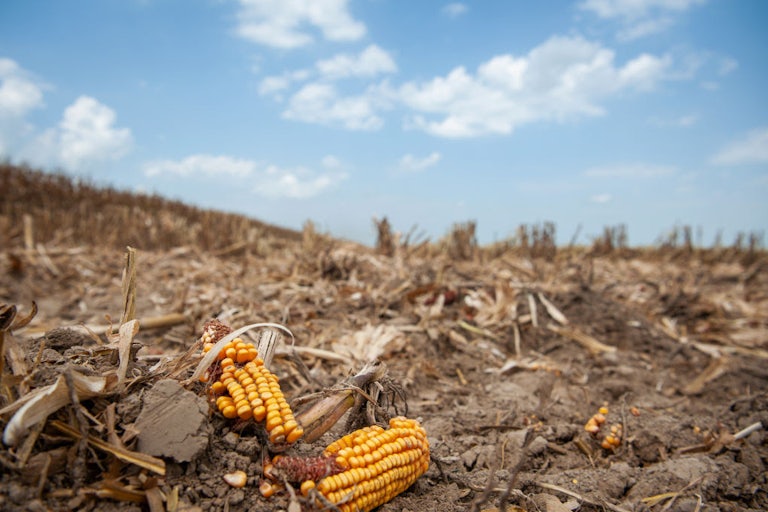
.png)
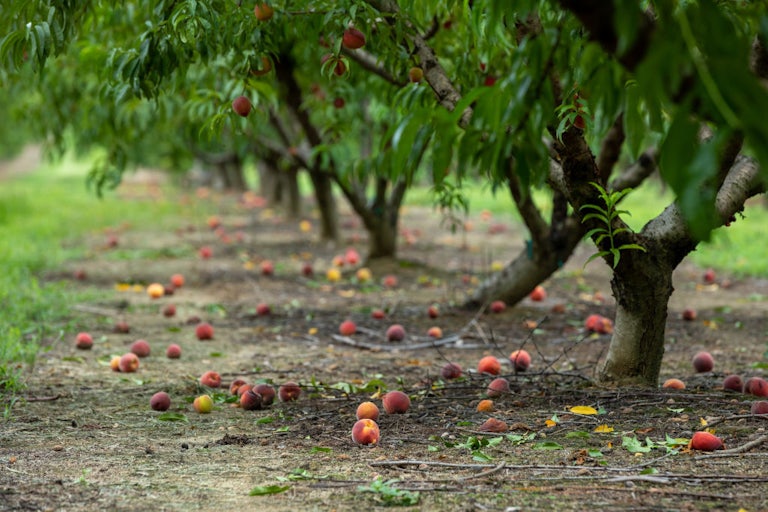
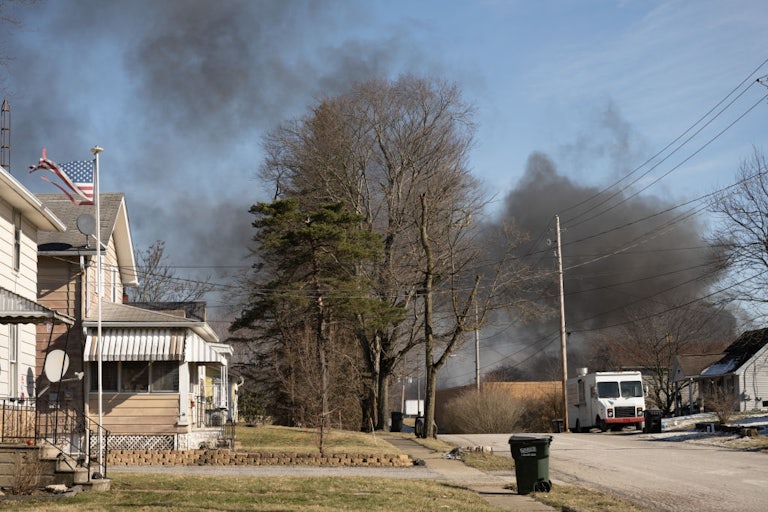
.png)
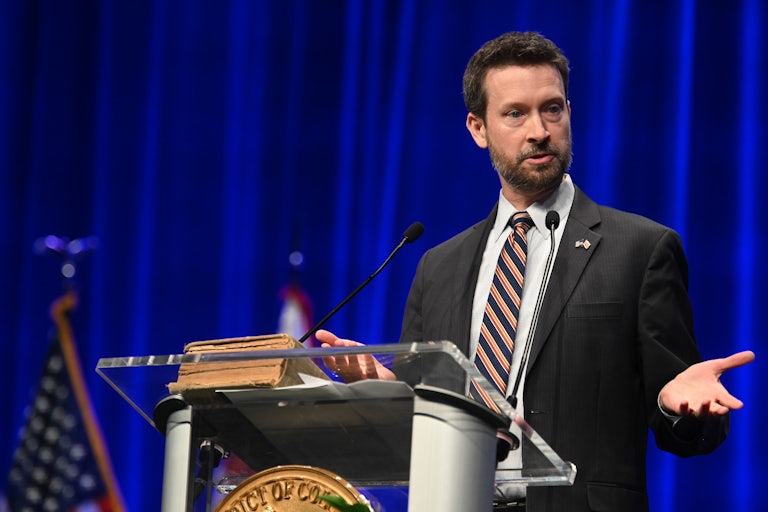
.png)
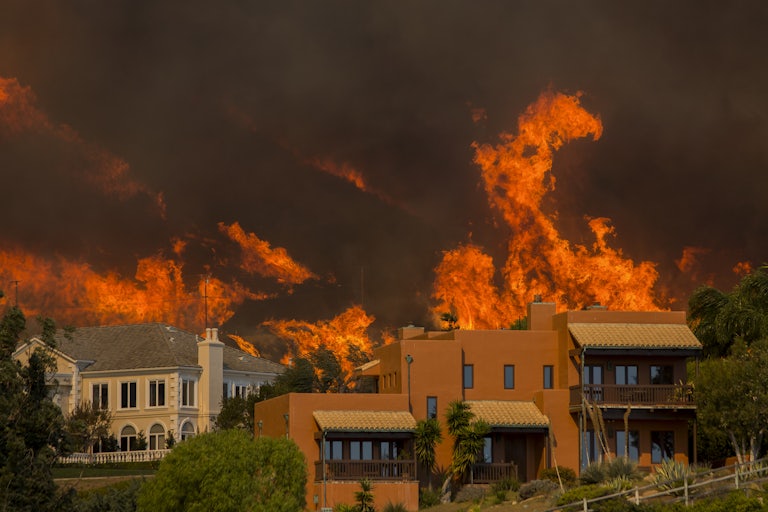
.png)
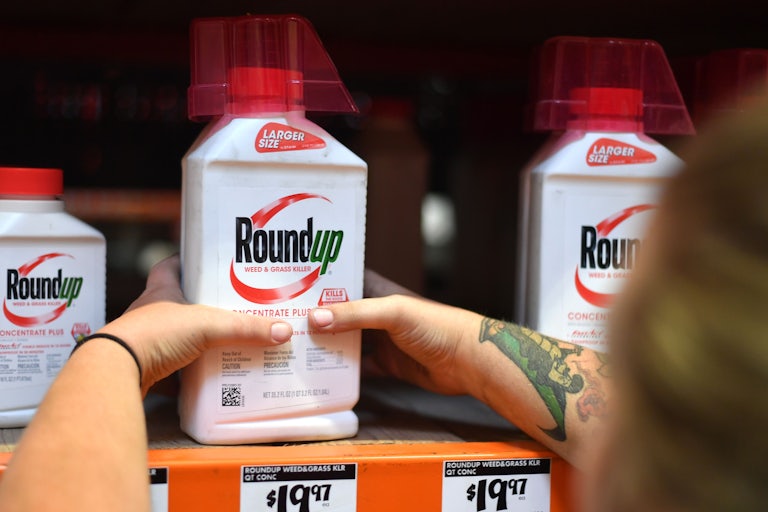
.png)

.png)
